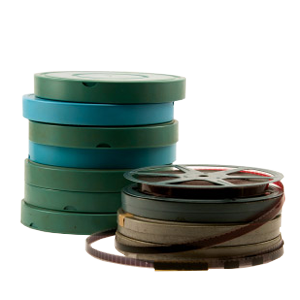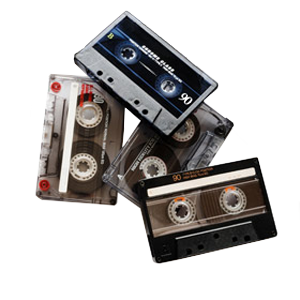Although they look entirely different, VHS and VHS-C tapes actually share the same type of magnetic recording tape. This is due to the fact that the manufacturers wanted consumers to be able to play the smaller tapes in a standard VCR, with minimal of extra equipment. Usually, to play your VHS-C tapes on your VCR, you’d need a VHS-C adapter. The adapter has a special compartment that houses the VHS-C tape, and helps guide the tape through the run in your VCR. Do not confuse a VHS-C adapter to be able to play other tapes, such as using it as an adapter for Hi8 tapes.

As you can see, the main difference between the two is the shape and size of the casing. VHS-C tapes were intentionally built to be of a small form factor due to rising competition from the smaller Video 8 tapes and to provide consumers with a smaller medium so that they could use them for compact camcorders. The one drawback that VHS-C had compared to other types at the time, was the recording capactity. Video8 and Hi8 could exceed 2 hours on standard recording, while VHS-C was limited to 20-30 minutes per tape. However, VHS-C still sold well due to the fact that videos could easily be copied to VHS tapes, and the ease of playing it on your home entertainment system, as the VHS tape was the most popular format for entertainment and movies.
In this day and age, finding a VHS-C casing for a video tape repair can be challenging, especially considering they have been out of production for a number of years. Technically, if performing a tape repair on a VHS-C tape, you can a standard vHS casing. To do this correctly, you’d need to carefully unwind the tape from the VHS-C spool, and attach it to the VHS spool. You cannot use a VHS-C spool in a VHS case, the tape must be physically attached to the new spool. From here, you can simply wind it up until the tape is fully encased in the shell.










30 minutes at best??